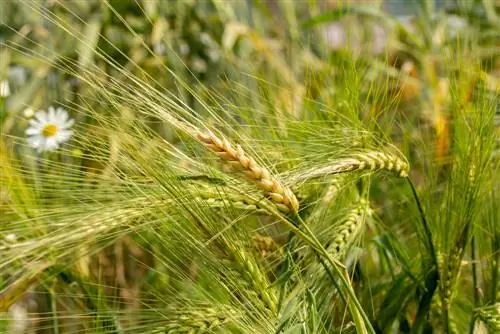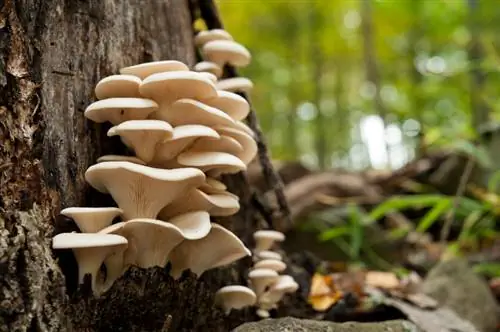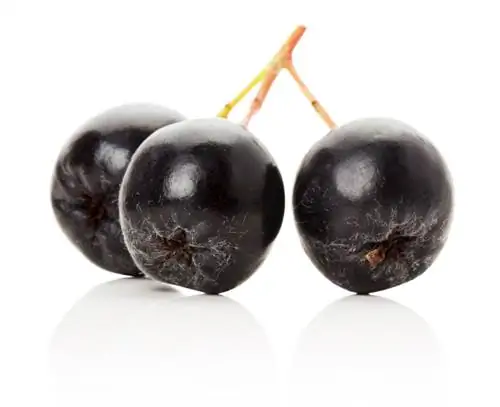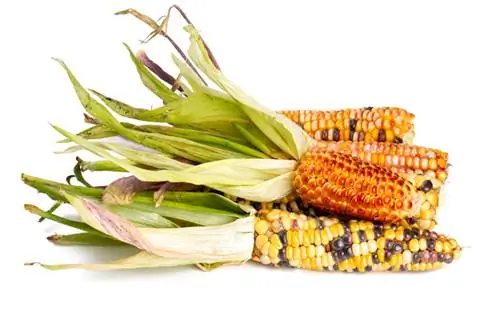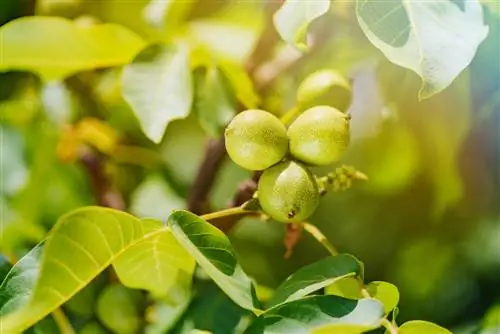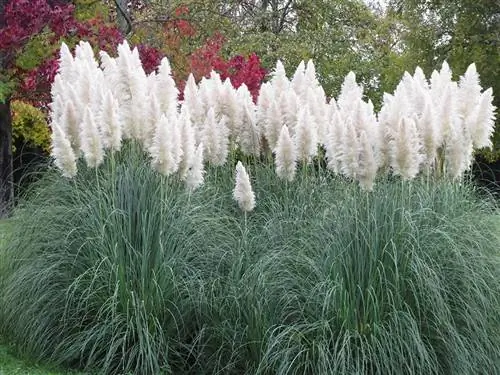- Author admin [email protected].
- Public 2023-12-16 16:46.
- Last modified 2025-01-23 11:22.
Grains end up on the table almost every day in the form of bread, cereal or even beer. But how well do you actually know about this staple food? Could you list all the local grains and would you know what variety they are just by looking at a picture of an ear of corn? If you have read this profile, you definitely know. On this page you will learn a lot of interesting facts about the versatile grain.
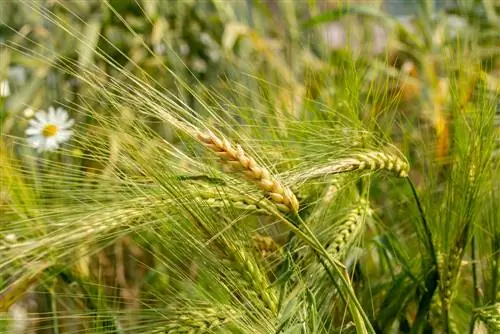
What types of grains are there?
The most important domestic grains are corn (Zea mays), rice (Oryza), wheat (Triticum aestivum), rye (Secale cereale), triticale (Triticum secale), barley (Hordeum vulgare), oats (Avena sativa) and millet (sorghum and millet). They are used as staple foods, animal feed, for baking, luxury foods and technical products.
General
- mostly annual
- Genus: sweet grasses
- Use: staple human food, livestock feed, production of luxury foods and technical products
Corn
- Latin name: Zea mays
- most important grain variety in the world
- Use: livestock feed, staple food
- Growth height: up to 3 m
Did you know that corn doesn't always produce yellow kernels? In South America the biodiversity is much greater. There are even black varieties there. It is a common misconception that corn is a type of vegetable.
Rice
- Latin name: Oryza
- Use: staple food
- Origin: Asia
- Growth height: up to 1.6 m
- Flower panicles: slightly hanging
- up to 100 ears of grain
- up to 3000 grains of rice per plant possible
- around 8000 different varieties worldwide
Wheat
- Latin name: Triticum aestivum
- Types: durum wheat, soft wheat
- Climatic conditions: temperate zones
- best for baking
- Subspecies: Emmer, Einkorn, Spelled
- is most commonly cultivated in Germany
- Ears: unawned, stocky
- Stalk: rounded shape
- Growth height: around 0.5 m
Rye
- Latin name: Secale cereale
- Soil requirements: acidic, sandy
- Climate conditions: cold regions
- Uses: baking bread, animal feed, sweetener
- Growth height: 1.5 to 2 m
- Ears: long-run, blue-green colored
Triticale
- Latin name: Triticum secale
- Use: animal feed, baked goods, energy production in biogas plants
- Growth height: 50 to 125 cm
- different types
Barley
- Latin name: Hordeum vulgare
- Uses: livestock feed, brewing beer, making whiskey
- oldest grain variety
- Growth height: 07 to 1.2 m
- Ear: long awns, tilted and hanging when ripe
Oats
- Latin name: Avena sativa
- Growth height: 0.6 to 1.5 m
- does not form ears
- Use: baked goods, cereals
Millet
- two varieties: sorghum and millet
- Origin: Africa
- Food, animal feed
- Growth height: several meters (depending on the variety)
- resembles corn
- Color: white, yellow or dark red
- Location requirements: sandy soil, no waterlogging

